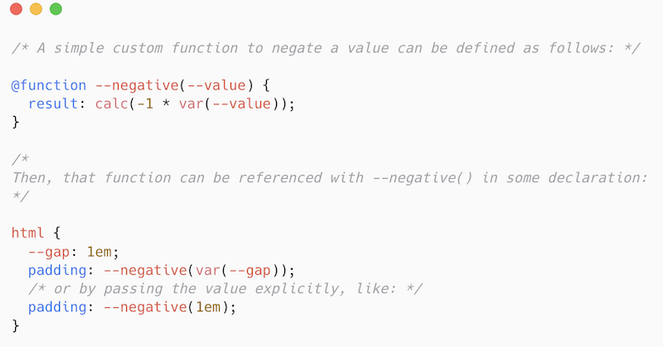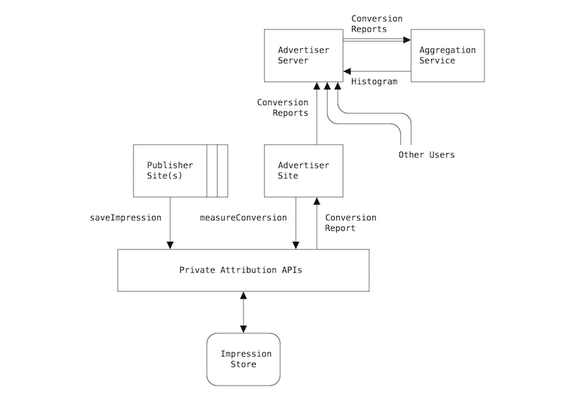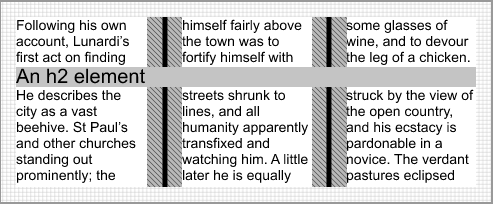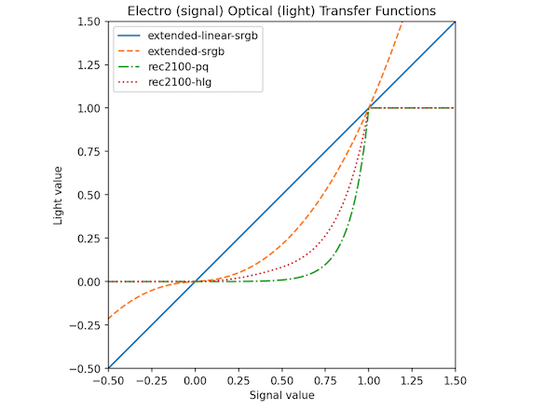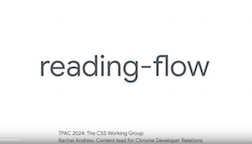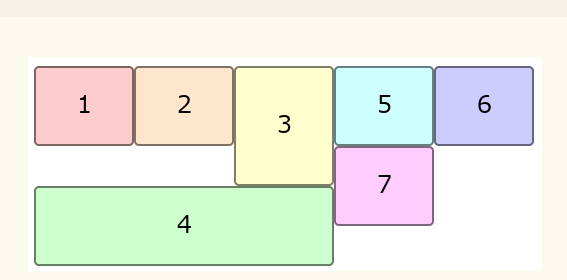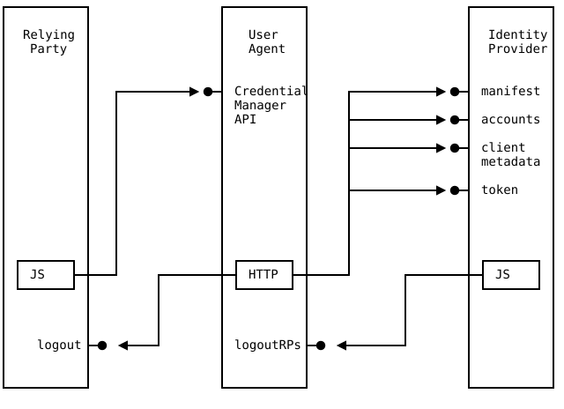The @w3c #CSS #WorkingGroup has published "CSS Positioned Layout Module Level 4" as #FPWD
#timetogiveinput
▶️ https://www.w3.org/TR/css-position-4/
Level 4 improves the rendering of dialogs and similar overlay elements and defines a ‘::backdrop’ pseudo-element for them, which can, e.g., black out the rest of the document. The ::backdrop was previously part of the Fullscreen #API specification and is already widely implemented.
Suggest an edit for this spec.: https://github.com/w3c/csswg-drafts/tree/main/css-position-4
